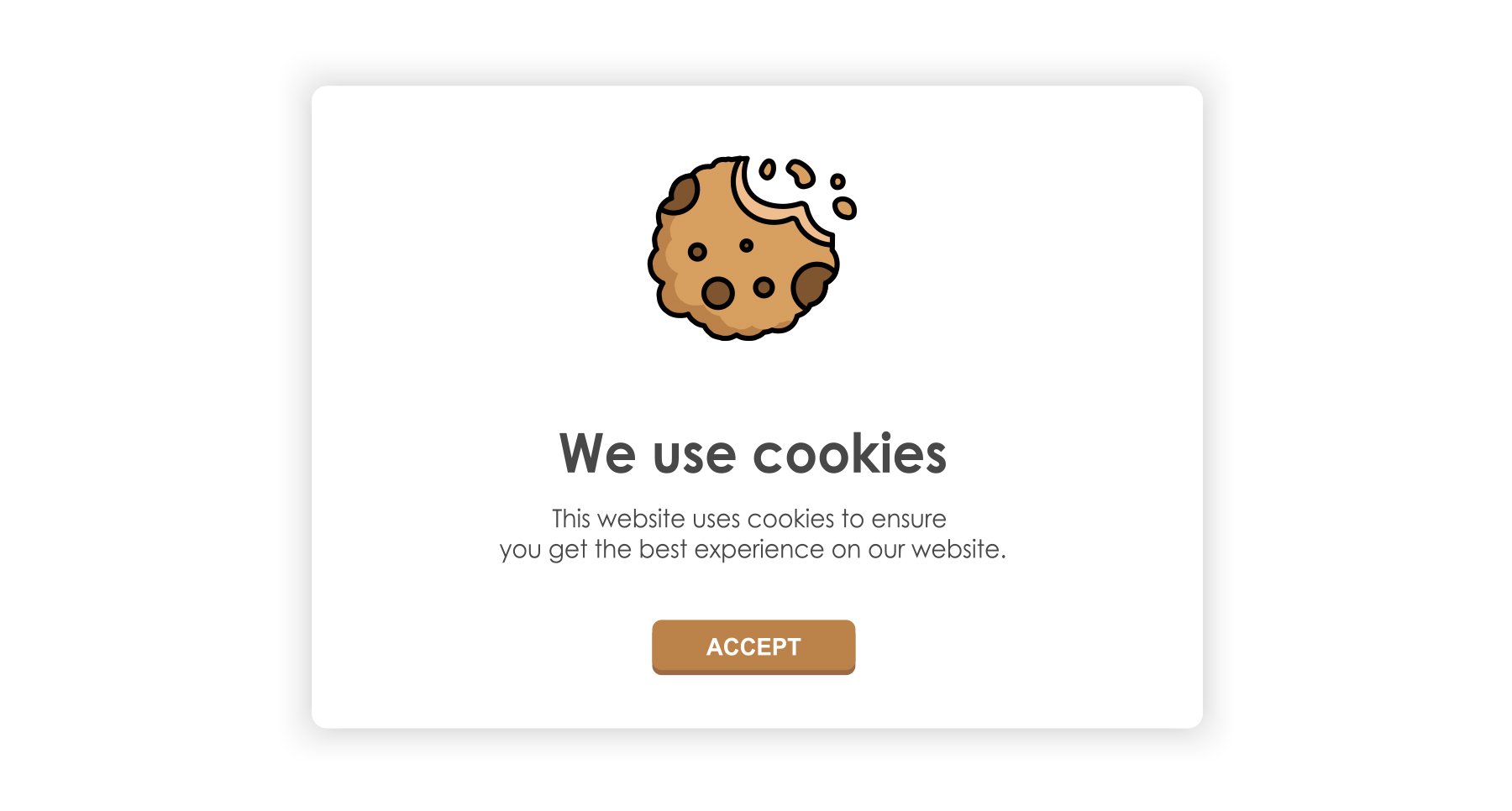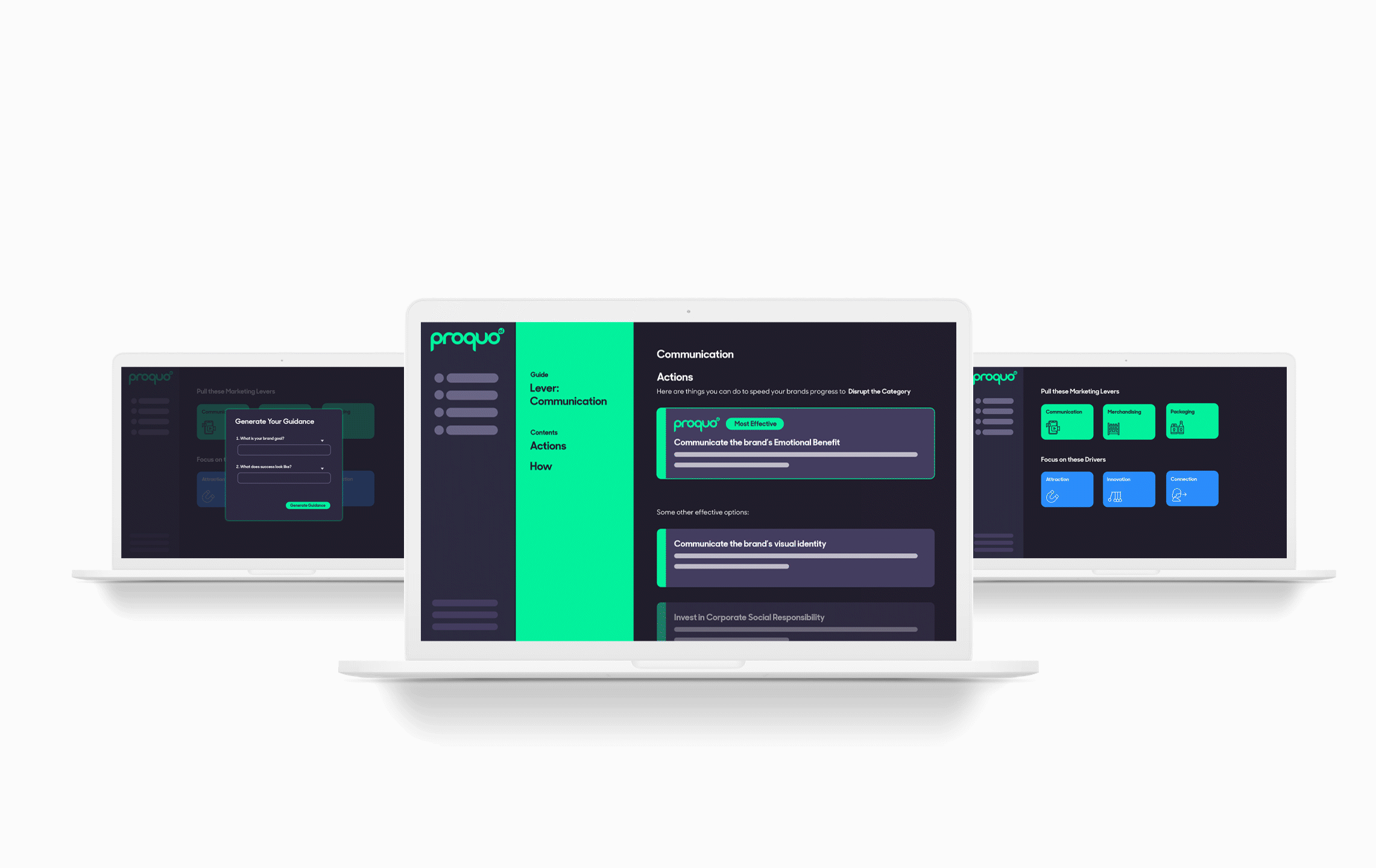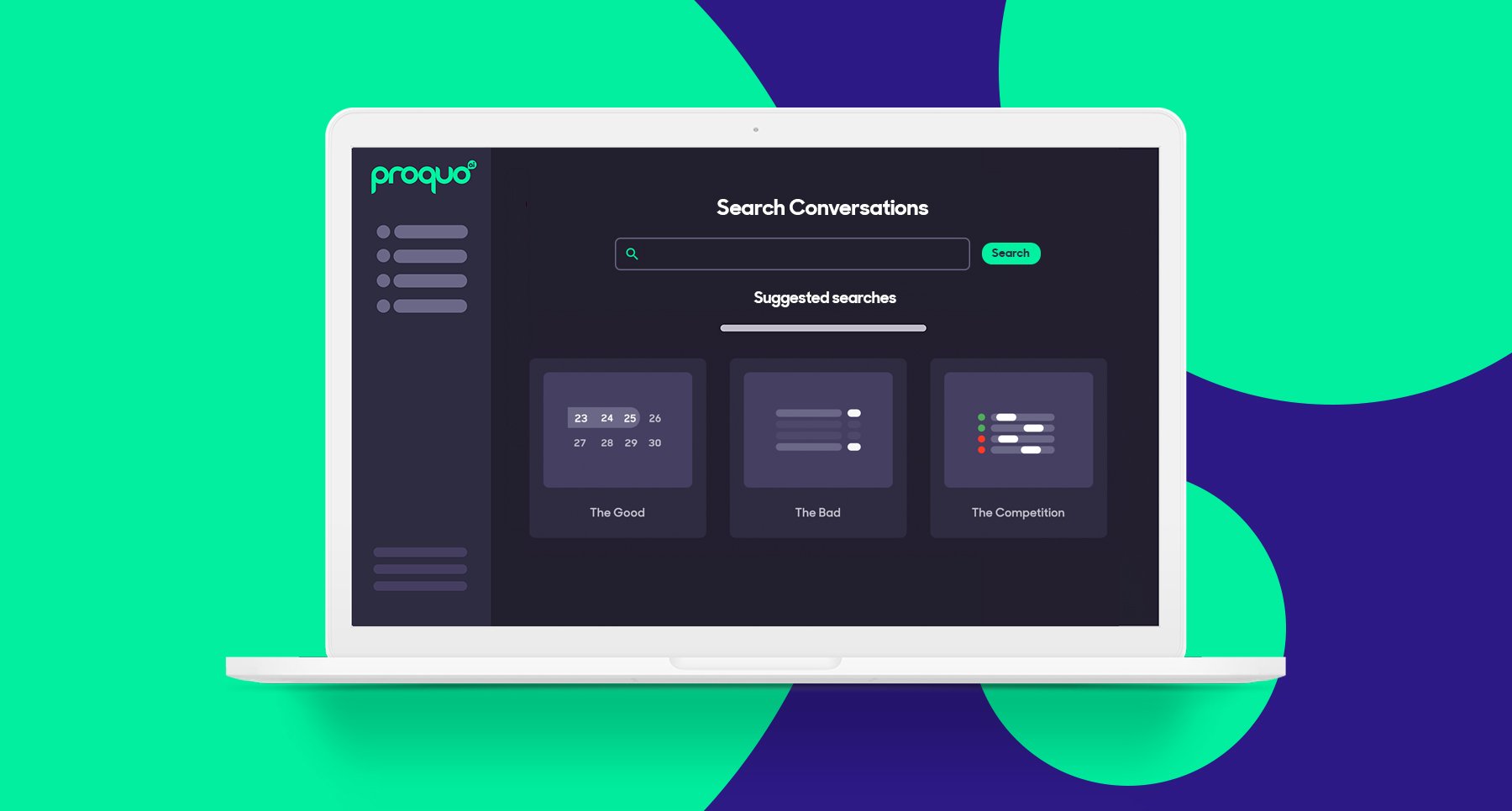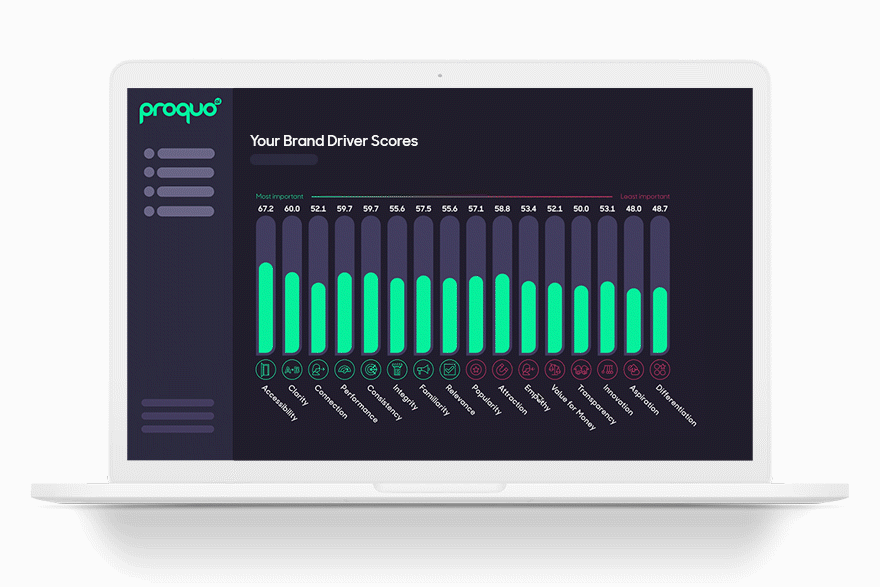Posted on October 22, 2021
Updated on March 10, 2023
7 min read time

Marketers have been obsessed with cookies for years.
In digital marketing, cookies have opened so many doors for brands – allowing them to monitor their website and ad views, at a granular level, so they can keep tabs on those who land on their pages. This helps with retargeting these audiences, as companies are then able to serve up super-personalized ads to drive these people to purchase.
Yet, the heyday of cookies may be coming to an end, and it’s all Google’s ‘fault’. The tech giant's decision to phase out third-party cookies by 2023 aims to enhance privacy on the internet, giving users greater control over their data. But, of course, it comes at the expense of personalized user-level data, which will be a nightmare for most digital marketers.
But this isn’t the end of the world as you know it. Although, we’ve all become pretty reliant on cookies over the years, what we’ve lost touch with is that there are plenty of other great methods to gather digital first-party data.
Measurement solutions existed before cookies were invented and they’ll continue to be developed long after cookies have disappeared, so let’s take a look at what else is on offer for marketers in this new cookie-free world.
Third-party cookies allow marketers to retarget interested audiences through digital marketing. So, if someone landed on your site but didn’t buy anything, you could retarget that same person, on the exact day and time the following week, with an ad to lure them back in.
Most cookies are specific to a device, IP or location. So, what you see on your work computer will entirely differ to the content you see on your phone. This can get slightly creepy – but it does help marketers to understand consumers at a deeper level, learning more about their behaviors, like the time of day they tend to browse.
The humble cookie is also quick and relatively affordable. And because of this it has opened doors to small and medium sized businesses, giving them a chance to measure their impact without paying for expensive subscriptions and solutions.
Cookies have provided marketers with a huge opportunity. For the first time, they’ve been able to treat marketing like a science not an art, conducting real-life experiments on hypotheses to better understand their consumers. So, they can understand immediately who has been exposed to a content or ad, and based on this information, make a deduction on how effective said asset was.

Many companies rely on third-party cookies as a means of targeting their audiences efficiently. McKinsey estimates up to $10 billion in US publisher revenue could be at risk because of this new initiative. Now publishers will face the difficult decision of whether to introduce paywalls or gates for their content - restricting access to gather more data on consumers.
The hunt for first-party data is on. And as McKinsey puts it, there’s a real challenge and opportunity ahead for advertisers. Ultimately, companies will need to ‘combine data from multiple sources’, if they want to gain a clear picture of how their consumers are behaving on the internet.
But where do they acquire this data?
In a cookie-free world, brands will have to work harder to understand consumers.
It’s important to remember that cookies have never been a flawless method for gauging marketing impact. There has always been a challenge with cookies in terms of their accuracy and completeness - as they give the illusion of a granular picture, when this is often not the case.
The disappearance of cookies means letting go of user-level tracking and moving onto something bigger and better. We are waving goodbye to a method of marketing that we have become completely habituated to using, without great effort. Instead, we are welcoming in a more complex and strategic approach to brand management.
For too long, we’ve neglected the full-marketing funnel and have been over-focused on narrower methods of targeting. A single channel approach can never provide a full understanding of consumer behavior, and that’s why the start of a new era of cookie-free marketing is an interesting time for many brands.
The death of cookies might mean a more level playing field, where marketers will begin to optimize their entire customer journey, and where creativity and innovation will thrive. It’s a really exciting time for brands, which will be challenged to think more creatively and act more strategically, while moving away from easier wins.
What are we moving on to?
The market is waiting for the one solution that will act as a direct replacement for cookies. Yet, what this ignores is that the disappearance of third-party cookies marks a move towards a more privacy-focused world, with consumers railing against large corporations and objecting to surveillance.
In the future, no one approach will be sufficient, as any new tracking solution will be subject to the same privacy laws as third-party cookies. Future-looking marketers will therefore need to embrace a suite of approaches to ensure they are accurately understanding and tapping into the needs of their consumers.
Cookies have distracted us with short-term vanity metrics for too long. It’s time to embrace a more holistic approach to brand management, returning to what really matters…relationships.
What has been overlooked is what a brand actually means to the people that buy it. In the societies we live in, there’s a huge number of companies selling the same products and services. Yet some brands succeed, and others don’t.
So, what makes one company stand out from the other?
When you dig into this on a neuroscientific level, you can understand that what’s driving this success is a series of human bonding Drivers – and these are responsible for connecting one person to a specific brand, persuading them to pick that brand over another. These Drivers determine the strength of the relationship between consumer and brand. And they range from how Aspirational a person thinks a brand is to how cost-efficient they believe the product to be, and even how much Integrity they think the brand has.
Let’s see how this relates back to cookies.
If you know you need to grow your relationships in a specific way, you can utilize this knowledge to your benefit.
Think about how you’d apply this knowledge to your Communications strategy. If you know your customers are looking for an Empathetic brand, for example, you can then serve a super-personalized content strategy that shows you understand their wants and needs on an intimate level.
Or perhaps the Relationship Driver you’re struggling most with is Clarity? In this case, you would work on your Communication strategy by ensuring all of your assets are portraying the same messaging in a uniform and cohesive way.
To learn more about the theory of Relationship Drivers, click here.
How can we improve relationships through technology?
There’s now a huge opportunity for data science and AI to come together to find causative links between relationships and the actions brands should be taking to grow.
AI has the potential to understand, better than any human can, what actions a brand needs to take to improve its relationships with its consumers. How can a cookie possibly stand against a machine so powerful?
Let’s see how this works in action.
At ProQuo AI, we use decision intelligence to grow brand relationships. A brand will come to us with a goal in mind – say it’s to grow market share or take on the leader in their category. We then use our AI platform to analyze how they’re currently performing.
It will look at the brand’s performance against the Relationship Drivers - including where they’re strong and weak - where the competitive landscape is, and how this all fits into the context of their category. The AI will then calculate the best potential action for that brand to take to achieve the goal specified at the beginning of the process. And all of this? It takes seconds.

We’re living in a time where a global tussle is happening between consumers and companies – with consumers vying for privacy and businesses lobbying for more surveillance. This cookie-free world is a symptom of that tussle. But we have to let go of the shackles of cookies and embrace better solutions. Vanity metrics can only take us so far, and that’s why having a deeper understanding of the relationship between your brand and your customers, is always going to benefit you.
Let’s re-examine our relationship with cookies
Before ProQuo, here’s how a typical digital marketing campaign would go. An agency or brand would create multiple different assets and flood their audiences, based on the data received from third-party cookies. The aim would be to put as much out there as possible to increase reach and boost the chances of conversion – transforming website visitors into paying customers.
With ProQuo, this process can be made more scientific. Using our platform, you’ll be able to see what your customers are interested in, how they feel about your brand and competition, and what their greatest needs are from your category.
This kind of primary data is invaluable when it comes to targeting your messaging. When you begin to put together your digital assets, you’ll have more information than you would have had before.
Cookies may have given you the person’s location and browsing habits but now you’ll have information on their wants, needs and feelings, all of which are more likely to drive purchasing behavior and harness better relationships. You cannot understand how people feel through simply scraping data online.
That’s why ProQuo’s data is gathered through a ‘mind-reading’ capability. We employ neuroscientific technology to understand how people sub-consciously feel about brands. We identify exactly the nature of their relationships with brands, not just what they say on social media platforms or other articulations of conscious thoughts (which are known to be highly inaccurate at identifying the way they truly feel). This is an infinitely better method for gauging purchasing intent, compared to digital targeting. In fact, ProQuo employs an industrialized form for implicit response timing, which accesses consumers’ subconscious feelings, known to account for the majority of brand choice.
What differentiates ProQuo from third-party cookies is the interactive nature of the platform. You can explore any question with your audience and they’ll interact within hours. Perhaps you’re wondering what people think about your branding. The responses you receive from ProQuo will help you to shape a rebranding strategy with confidence, knowing it will be aligned with your customers’ key wants and needs. Seeing on a weekly or daily basis what people are saying about you will help to tailor your messaging, ensuring you’re speaking to the demographic you’re trying to target, rather than flooding the airwaves with lots of communications and hoping one lands.

Before you would put advertisements out and wait for people to come to your website. Now, you’ve got more power over the situation – able to pick the people that you think are most suited to you, find out their likes and dislikes, and adjust your messaging to suit these factors.
Have we convinced you the world isn’t ending?
We may be waving goodbye to cookies, but the industry isn’t taking a step back. We’re just taking a step in a different direction. A lot of digital marketing is broad in terms of what it offers and how it targets - yet ProQuo tells you exactly what your customer and target market need and then helps you to tailor your messaging around these ideas.
Think of it like the iceberg analogy. With third-party cookies, you had information on browsing patterns, behavioral shifts and demographics. But now you’ve got so much more, including real-time analysis of your brand’s progress, the ability to tailor messages more efficiently, and data on your competitors and category.

To find out why brand tracking is heading in the same direction as cookies, click here.
Our intelligent platform will take your brand further, faster.
Don’t believe us?
© 2020-2023 ProQuo AI International
All rights reservedWebsite by Blend